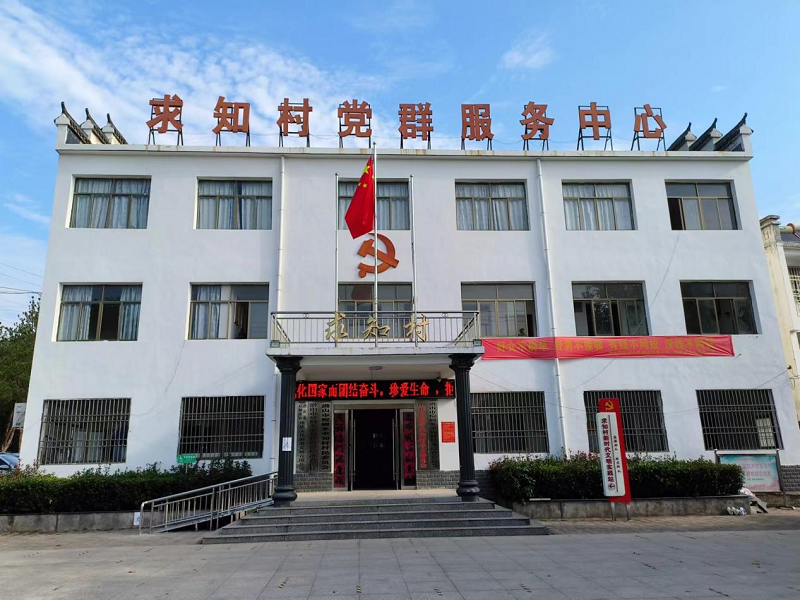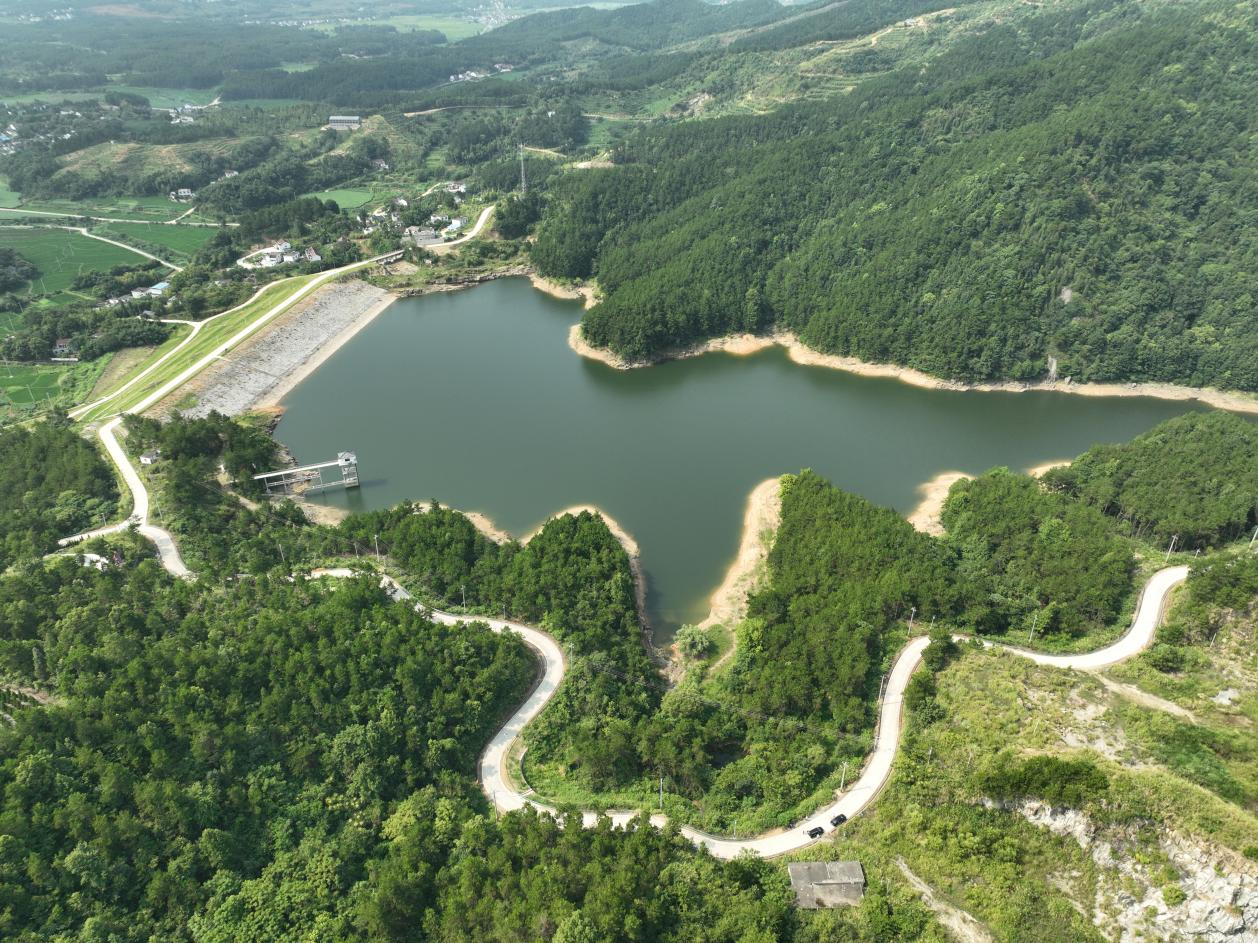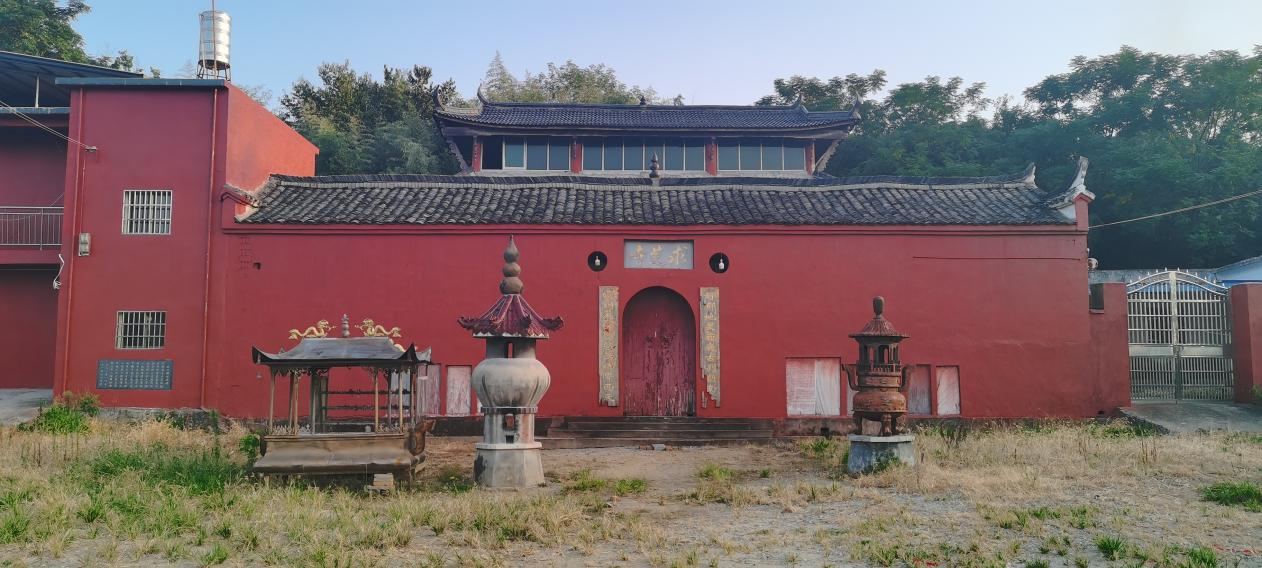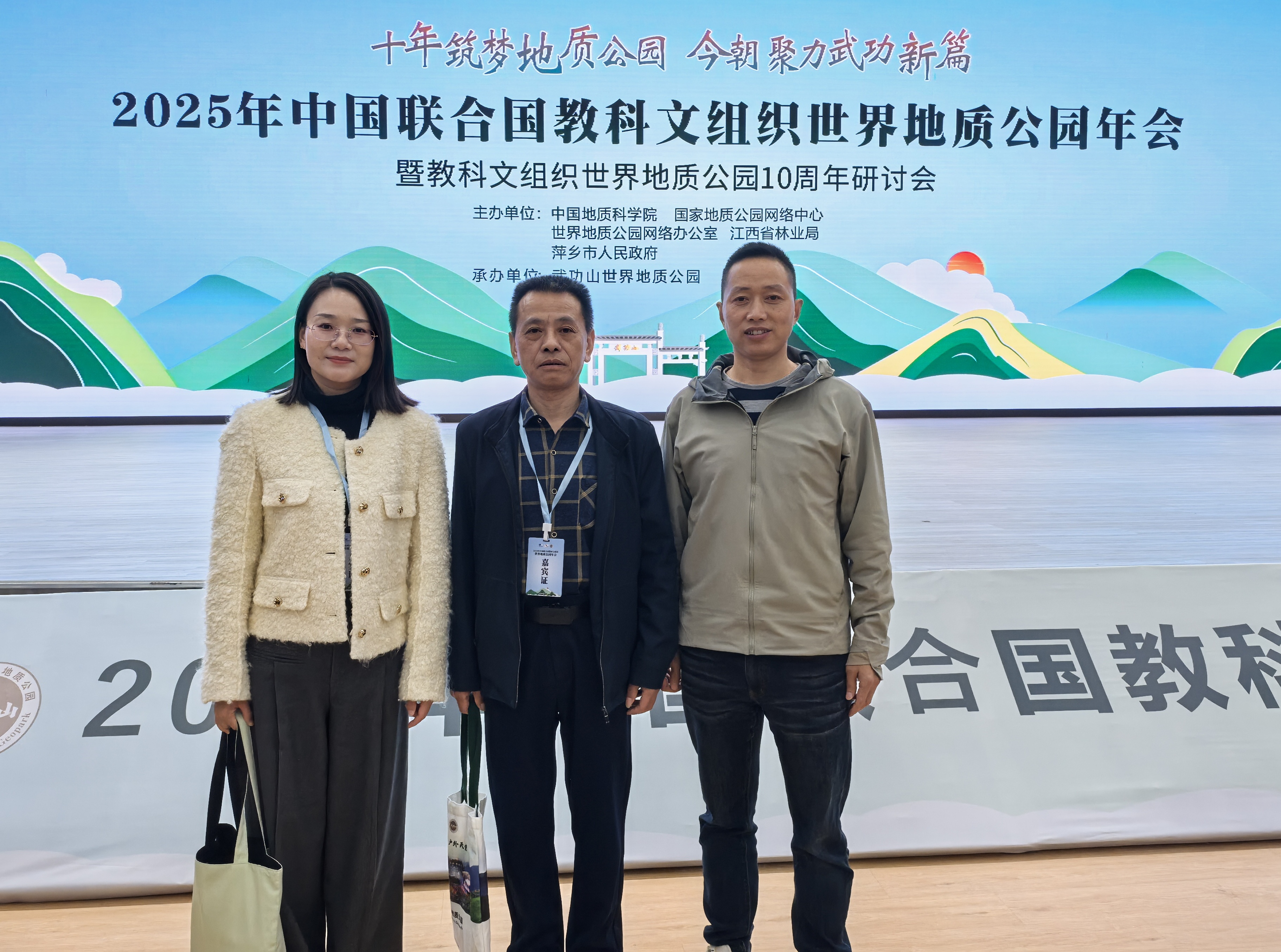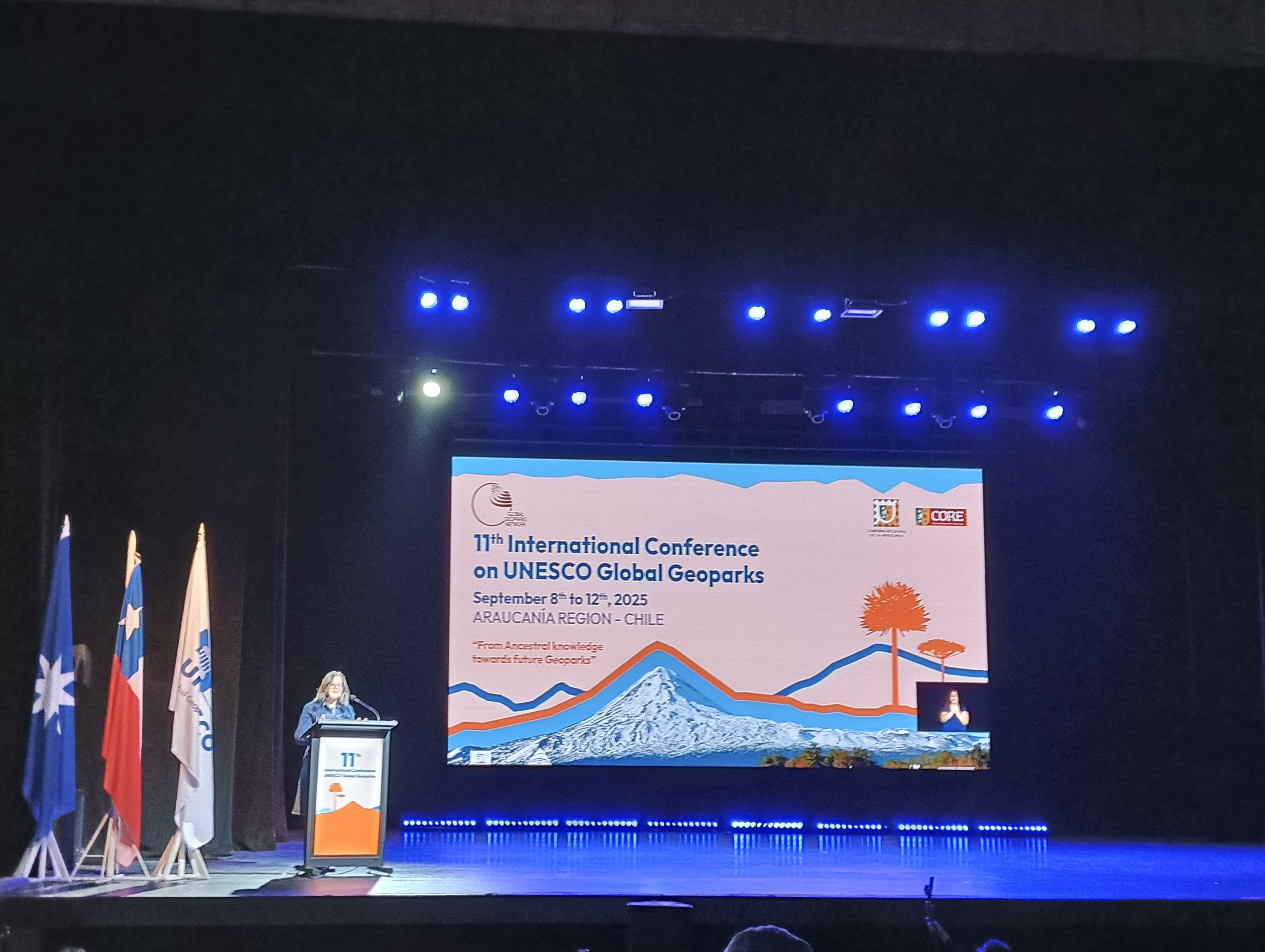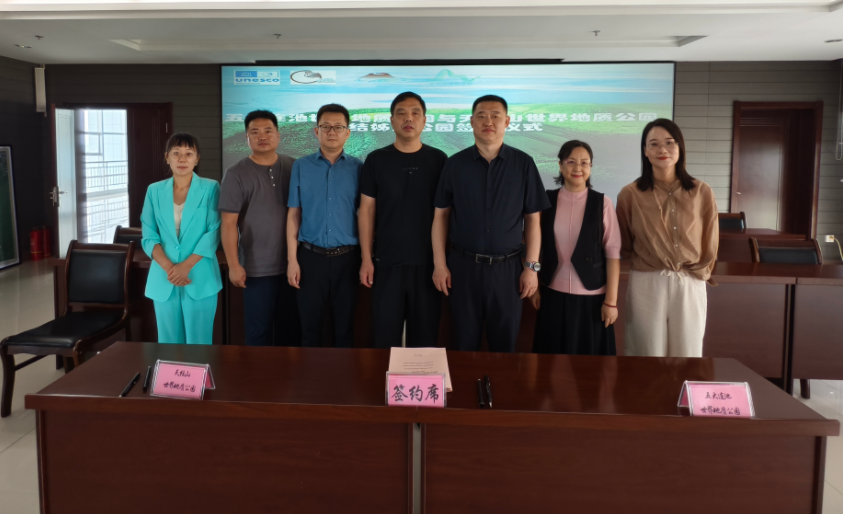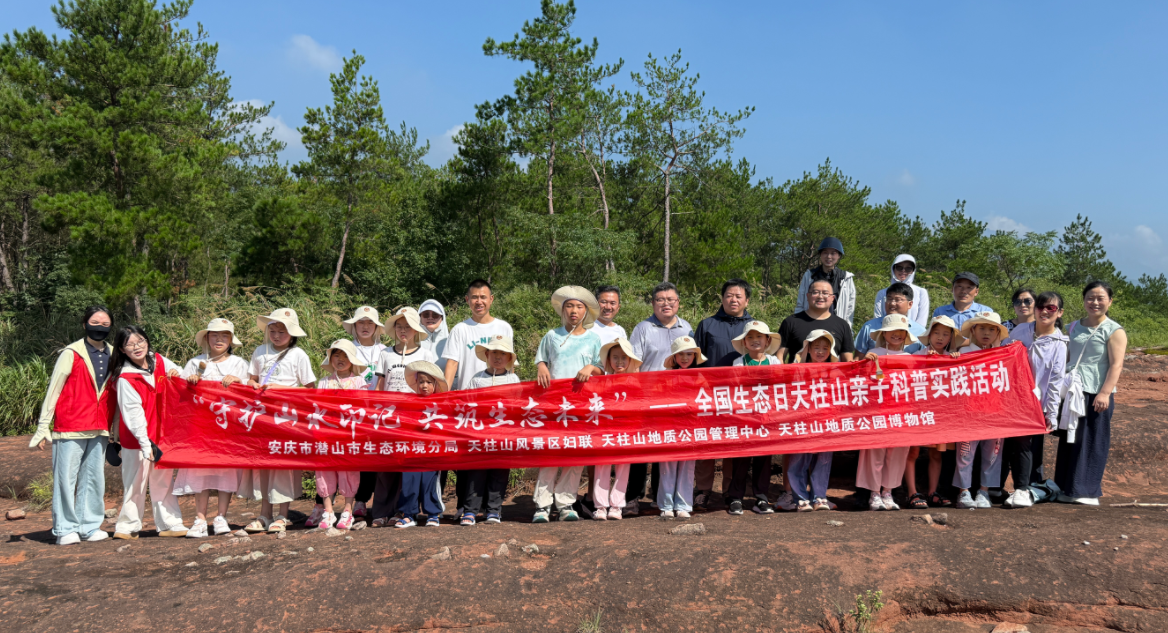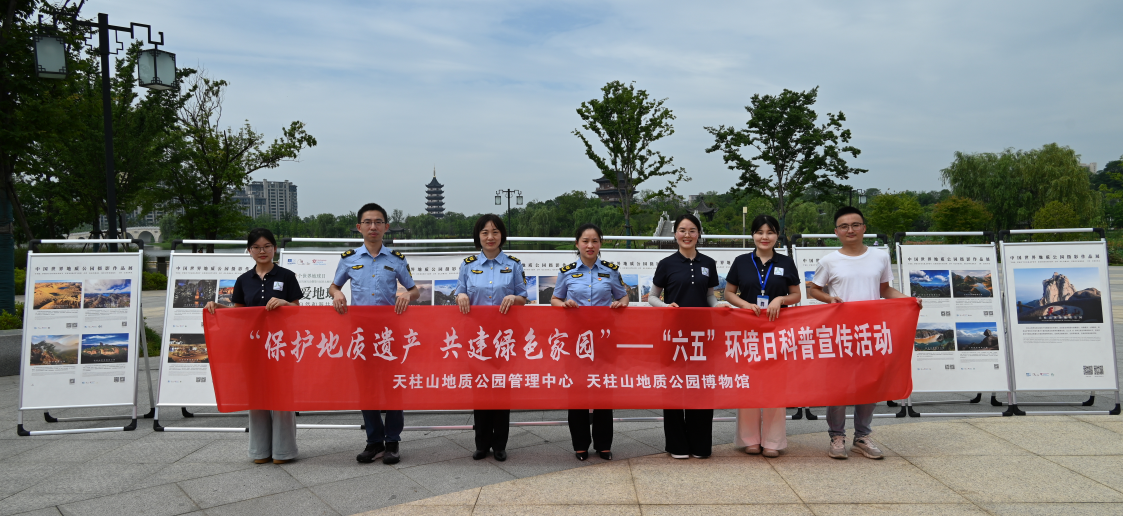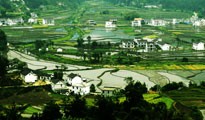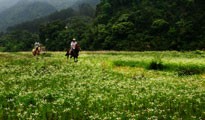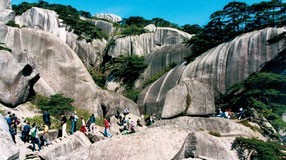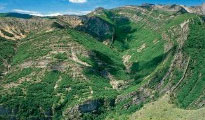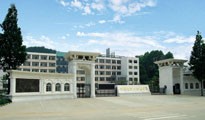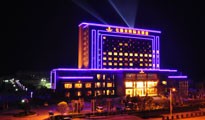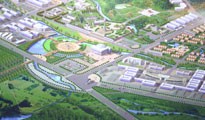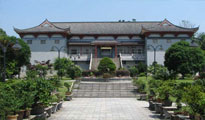
Qiuzhi village is situated on the south side of Tianzhushan UGGp, merged from the former Yuanfeng and Wangling villages with a total area of 12.6 square kilometers. The village borders the towns of Huangpu, Shuihou and Tianzhushan, with 35 groups of villagers and a population of 3,786. In autumn, the woods become colorful, and down by the Wangling reservoir, there are brilliant metals of rice, yellow and orange Trichosanthes and verdant tea. Generations of villagers have used their wisdom and hard work to develop the art of making ancient pottery, which is now a national heritage. The picturesque village of Qiuzhi has many reputations, including being a beautiful village and a famous village for tourist attraction of Anhui Province.
The village is one of the first Geo-village in China. In 2015, the Tianzhushan UGGp and the China University of Geosciences reached an agreement to build Qiuzhi village as a “Fossil Village”. The village is best known for its world-class geological heritage - Paleocene vertebrate fauna and the remains of the world-famous ultrahigh-pressure metamorphic zone of Dabieshan. In addition, the fossils found in Qiuzhi village, such as the Heomys orientalis and the Mimotona wana, were confirmed to be the ancestral types of rodents and rabbit-like species respectively. They contain national and global importance and great scientific and cultural value, the official mascot image for the 2023 CCTV Spring Festival Gala "TuYuanyuan", is based on Mimotona wana.
Yang Xiaowu in Qiuzhi village is the largest fossil site in the Qianshan Basin, with the largest amount of fossils from the mid-Paleocene strata, dating from around 60 million years ago.
Qiuzhi village has set up a Geo-village exhibition hall and carried out various educational activities and lectures on geoscience to promote geo-culture and raise social attention, adding color to rural revitalization.




